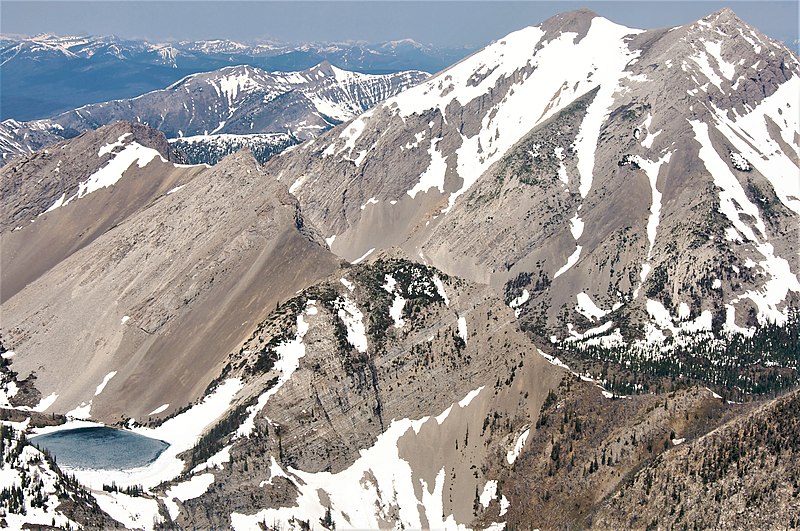So, let’s talk a
little about an Old School Bad-Ass Hoss of a Warrior Walker.
Let’s introduce Bruce
Neal, who was a game warden in Montana for decades.
Mr. Neal preferred to
conduct his duties on foot, and by on foot, he meant it literally—He was often
barefoot on his patrols.
Some fellow wardens
described the soles of his feet as “thickened and hardened like an animal’s
hoof.”
Neal, being noted for
the distances he travelled and the pace he set was offered a wager in 1915, Mr.
Neal was 29 years of age at the time.
The Wager?
To see how much distance
he could cover from sunup to sundown.
He chose an
out-and-back trip and keep in mind, this is Montana, this not level terrain—hence
the name “The Rocky Mountain Iron Man.”
Neal won the bet by
setting off barefoot for a 34-mile trek in one direction.
34-miles, barefoot. Bad-Ass
enough for you?
Wait—At the end of the
34-miles out, he trod back those 34 miles for a total of 68 miles that day.
How’s that
for Bad-Ass?
Oh, I forgot to mention,
on the return trip he donned a pack of approximately 140 pounds.
How’s that make your
current Cross-Fit score feel?
Real live terrain,
boss load and not only zero “engineered” running shoes—no shoes at all.
Neal’s stride was
measured at an average of 70” with most of that being in the posterior glide—exactly
as we detail in our Unleaded: Warrior Walking, the Only Cardio You Need for Combination Fighting, Physical Culture and Attacking the Outdoors.
Another wager, at a later
date, was to see how much terrain he could cover over the course of a single
night—again barefooted.
He won the bet with a
total of 71 miles over rough terrain in 11 hours of dusk-to-dusk travel.
He admitted to using a
combination of his Warrior Walking stride with occasional dog-trots [sarr’i nemit’o]
to accomplish this feat.
Bad-Ass Bona Fides are
established but…
Wait,
there’s more.
In 1954, during a
Montana blizzard, Mr. Neal was 68 years old; enduring harsh winds and walking in
deep snow covered 80 miles in 36 hours.
He did wear boots and
socks for this trip.
Getting’ soft, huh?
Bruce Neal, The Rocky Mountain
Iron Man is just one of the Hosses we have used as resources for our Warrior
Walking material.
See here for more
details.
Mull these further resources, Warriors!

Comments
Post a Comment